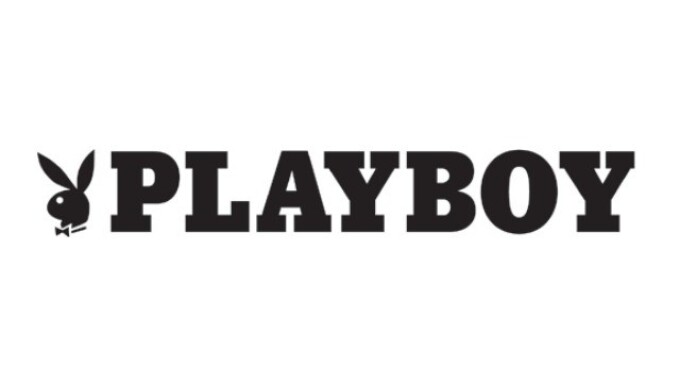LUXEMBOURG — Linking to a website where copyrighted photos have been posted without permission is not an act of infringement by the one who placed the link, the European Court of Justice's advocate general said in a new opinion.
The ruling involved the Dutch website GeenStijl.nl website, which provided a link to an Australian site showing pictures of TV personality Britt Dekker taken by the Dutch edition of Playboy magazine for its December 2011 edition. The Australian website did not have Playboy's authorization to do so.
Playboy Enterprises International sued, and the Dutch Supreme Court later asked the European Court of Justice to help it interpret E.U. copyright laws in the context of hyperlinking.
The European Court of Justice, which is expected to issue its formal decision in the case later this year, often follows the approach recommended by its advocate generals.
In his ruling the European Court of Justice’s top legal adviser, Melchior Wathelet, said that “hyperlinks which lead, even directly, to protected works are not 'making them available' to the public when they are already freely accessible on another website, and only serve to facilitate their discovery."
Wathelet noted in his decision said that any other interpretation would considerably impede the functioning of the internet and would stifle the development of the information society in Europe.
“Although the circumstances at issue are particularly flagrant, the advocate general considers that, as a general rule, internet users lack the knowledge and the means to verify whether the initial communication to the public of a protected work freely available on the internet was done with or without the consent of the holder of the copyright,” Wathelet said in his ruling.
“If internet users risk liability for copyright infringement every time they place a hyperlink to works which are freely accessible on another internet site, they would be much more hesitant to post those links, to the detriment of the proper functioning and very architecture of the internet as well as the development of the information society.”








